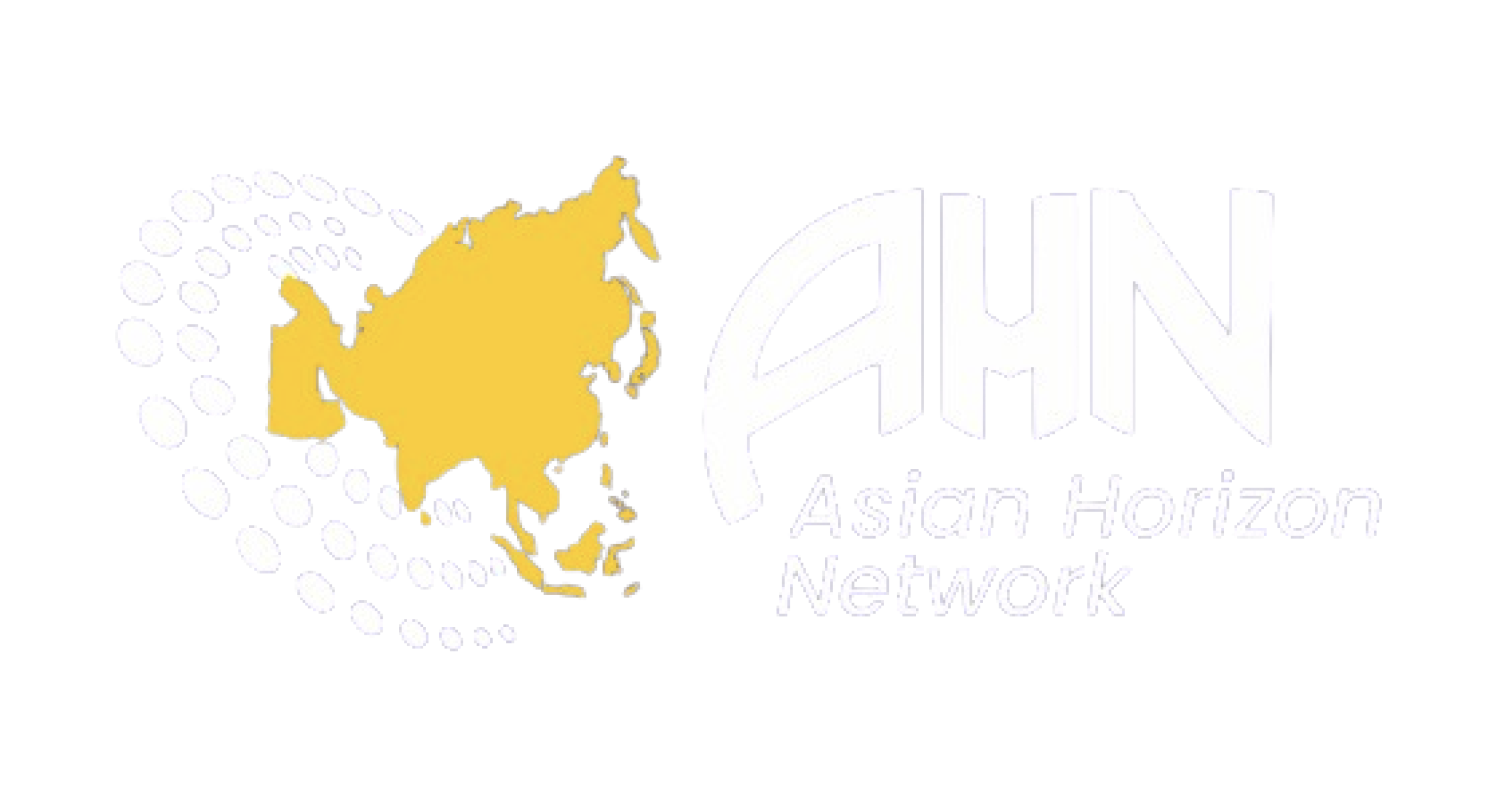Military
Ex-Pakistan Envoy Abdul Basit Claims PAF to Outpace IAF by 6-8 Years with Chinese J-35
Published On Mon, 20 Jan 2025
kartik kumar
0 Views
Abdul Basit, the former Pakistan High Commissioner to India, has stirred discussions with his recent remarks about the Pakistan Air Forces (PAF) growing capabilities. In an interview, Basit claimed that the PAF could potentially be 6 to 8 years ahead of the Indian Air Force (IAF) in terms of technological advancements. He attributed this leap to Pakistans planned induction of cutting-edge fighter jets such as the Chinese J-35A and Turkeys TAI TF Kaan.
Basit highlighted the importance of the J-35 in enhancing Pakistans aerial strength. He emphasized that the aircrafts advanced stealth features and superior avionics would significantly improve the PAFs operational capabilities. Similarly, the TAI TF Kaan, a state-of-the-art multi-role fighter, was portrayed as another key asset for maintaining Pakistan’s strategic edge. According to Basit, these developments reflect Pakistans commitment to modernizing its air force to remain competitive in the region.
Basit asserted that the PAF already holds a qualitative advantage over the IAF, despite Indias larger fleet. He attributed this to Pakistans focus on acquiring advanced technology and strategically modernizing its air capabilities. Basit described the J-35A as a game-changer for Pakistan, likely to redefine the regional balance of power in aerial warfare. In contrast, Basit criticized Indias progress on fifth-generation fighter programs, such as the Advanced Medium Combat Aircraft (AMCA), describing it as slow. He suggested that by the time India deploys its next-generation fighters, Pakistan would have already established a significant lead in terms of air combat capabilities.
Basit’s remarks have sparked debate among defense analysts and observers. While some acknowledge Pakistans strides in fleet modernization, others question whether the PAF can truly surpass the IAF within the projected timeframe. Critics point out that building and integrating such advanced technologies often face delays and challenges, raising doubts about the feasibility of Pakistans ambitions.
This discourse underscores the broader military competition between India and Pakistan, with air superiority being a critical aspect of their strategic rivalry. The PAF’s efforts to modernize its fleet with high-tech platforms like the J-35 and TAI TF Kaan reflect its aim to counter Indias numerical advantage and ensure a credible deterrence in the region. However, the long-term implications for South Asias security dynamics remain uncertain as both nations continue to enhance their military capabilities.
Disclaimer: This image is taken from The Indian Express.



